As the old saying goes, “you have to spend money to make money.” And while that’s true when it comes to marketing your campground, it doesn’t always mean you have to spend a lot of money.
As the old saying goes, “you have to spend money to make money.” And while that’s true when it comes to marketing your campground, it doesn’t always mean you have to spend a lot of money. So we asked a few of our ARVC member-park owners for some of their proven strategies for meeting their marketing needs without busting the budget. Here are the ideas they shared:
Continued from the Summer 2019 issue of The Voice, pages 18-19.
6. Tap into Free Local Talent
Sometimes, good marketing resources can be free—all you have to do is ask. That’s exactly what Quigley did a few years ago and it’s turned into a successful partnership with a public relations class at a local college.
“They used us as their year-end project for their last-semester graduating class,” he says. “They actually created an entire advertising and marketing plan for us for free. They worked on it from about January to May, and it gave us some things to use throughout this season.
“Obviously, they’re students, so they’re not experts in the field yet,” he says. “But they did come up with some cool stuff. And then we coupled that with the marketing and advertising company we were already using, so it was one more area that didn’t cost us a dime. They need businesses to work with to do projects like that, so it was a really cool partnership.”
7. Boost Your Facebook Posts
Campo has also achieved great success by investing as little as $12-20 to boost her Facebook posts when the need arises—like filling a space after a last-minute cancellation.
“For instance, if we have a cabin rental that cancels at the last minute, it’s often frustrating because we’ve turned away so many people for that weekend. I have had almost 100 percent success putting out a paid Facebook post saying that we just had a rental open up. Sometimes I’ll do a special if it was a last-minute cancellation that is not due a full refund. If they’ve partially paid for the reservation, that gives me room to work with. So I’m actually getting kind of a double reservation on the site.”
To boost a post on your park’s Facebook page, simply click “Boost Post” in the bottom right-hand corner of your post, choose your audience and indicate the maximum budget you’re willing to spend.
Campo acknowledges that some campground owners don’t like the idea of paying to boost Facebook posts when posts are typically free.
“I just compare what we used to pay for an ad and the fact that you can track how many people have seen it. And with the results I get, it’s where my single best return comes from.”
1. Consider Using Online Freelance Resources
There are a number of online freelance marketplaces such as Freelancer.com and 99Designs.com where you can post what you need—a new logo, for example—and freelancers will bid for your business. You can then check each freelancer’s ratings and see samples of their work before you make a final choice.
Gary Quigley, CPO, owner of ARVC member-park Yogi Bear’s Jellystone Park at Kozy Rest in Harrisville, Pa., has had great success using an online resource called Fiverr.com to have posters created to promote events at his park.
“It’s five dollars and then a one dollar processing fee, so for six dollars you get a good graphic designer and you can go back and forth with as many changes, additions, subtractions or whatever as you want.”
It probably sounds too good to be true, but Quigley was impressed with the process and outcome. Fivrr.com’s designers start with templates to create your customized design, allowing them to complete more projects in a short period of time. Getting started was easy, he says. He selected a designer based on her reviews, then sent her the park photos, logo and text he wanted to use along with an example of a flyer design he liked.
“They typically get back to you pretty quickly,” he says. “It’s definitely within 24 hours, but usually it’s within a few hours. When the poster came back, I was shocked that it looked as good as it did.”
He was so impressed with the quality that he’s thinking of using the same Fiverr designer to create a promotional poster for every one of his park’s weekends next year.
“Then we’ll be able to post them on all of our bulletin boards around the park, attach them in email blasts, use them in social media and put them up in all the buildings. If we work at it over the winter, then we don’t have to rush and we can have them ready before the season even starts.”
The rates charged on freelance sites vary by the complexity of the project and many types of services are available, including digital marketing, web design and writing and editing.
Quigley has found that it’s a lot more affordable to use a freelance site than it would be to buy whatever design software would be needed to get the job done.
“The time that they have into your project is probably minimal in comparison to what it would take to do it on your own.”
2. Give Your Advertisers Options
When Lelah Campo and her husband Dan Mahieu bought their ARVC member-park Cozy Hills Campground in Bantam, Conn. in 2014, they wanted to establish themselves as part of the community. So, the last thing they wanted to do was to subject prospective advertisers to high-pressure sales tactics.
“I decided to come at it from the way I would want to be sold,” Campo says.
So, she sent a letter to her neighboring businesses as a way of introducing herself as a fellow business owner and to offer them the opportunity to advertise in her campground’s brochure and map.
She took a unique approach, though, by offering prospective advertisers three options. The first was to pay for an ad outright. The second was to get a free ad in exchange for including a coupon that would benefit Cozy Hills campers by offering them something of value like a free appetizer or 20 percent off their restaurant bill. The third option was to trade an ad for gift cards that Campo could use as prizes for activities at the park.
She says the most popular choice with advertisers is still to purchase an ad, followed by the coupon option and then the gift cards. In the end, Campo is able to cover the cost of printing a brochure she can use to promote her park, her campers save money when they patronize local businesses, and the local businesses expand their customer base. It’s a win-win for everyone.
“It was pretty easy, even though we were new to the community, and it was a great way to introduce myself to other business owners,” she says.
3. Trade Goods and Services
Campo has also benefitted by participating in a formal barter network in her state called Barter Business Unlimited (BBU). As a member of this network, she barters site rentals at her park for goods and services that she needs.
Trade exchanges like BBU operate as third-party clearinghouses to facilitate trades, thereby eliminating the restrictions of one-on-one trading where each business must want what the other business has to offer. A quick Internet search will help you locate trade exchanges that operate in your state.
“It’s IRS-approved. The last thing I bought was an inflatable for the campground,” she says. “I was just looking and I have $3,000 barter dollars that I’m going to try to get creative with this winter. We’ve also done some DJ bartering for dances and I barter for a lot of my campground signs.”
According to BBU’s website, “Barter creates new customers because buyers are motivated to pay with their products or services and save cash. Barter income is treated the same as cash income and cash purchases that are normally tax deductible as business expenses are also tax deductible when purchased on trade.”
4. Spend Money to Make Money
If you have the ability to spend a little more money, you can do a little more. Quigley has hired an outside agency or two before to prevent important advertising and marketing tasks from falling through the cracks during the busy season. Taking the freelance strategy to the next level is good for creating social media strategies he says. He hires the agency to post on the park’s social media accounts three or four times each week, and they also send out an email blast and write a blog post every other week.
“It’s hard to put a dollar amount on what it may have made us by staying in contact with all of our guests all season long,” Quigley says, “but I know it had to be positive. We were definitely up for the season. We were very busy. They kept us on track versus falling through the cracks on our own. While it didn’t necessarily save us money, it made us more than we paid.”
5. Turn to the Pros
When looking for new suppliers, be sure to check out the ARVC Marketplace . The suppliers listed are all dedicated to serving the outdoor hospitality industry. The categories of marketing-related vendors you’ll find include advertising and promotion, consulting services, signage, apparel and website services.
As Quigley and Campo have proven, you don’t have to spend a lot of money to make money. Quigley says that his experience hiring a graphic designer on Fiverr to produce posters still seems too good to be true. “But I have the proof that it is true. Not bad for six bucks!” And as Campo says, “I’m always about creative marketing.”
Do you have a creative, money-saving marketing strategy you use at your park? Let us know by emailing Rebecca Maguire so we can share your successful tips with other ARVC members.
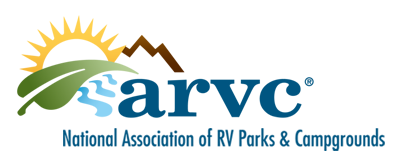

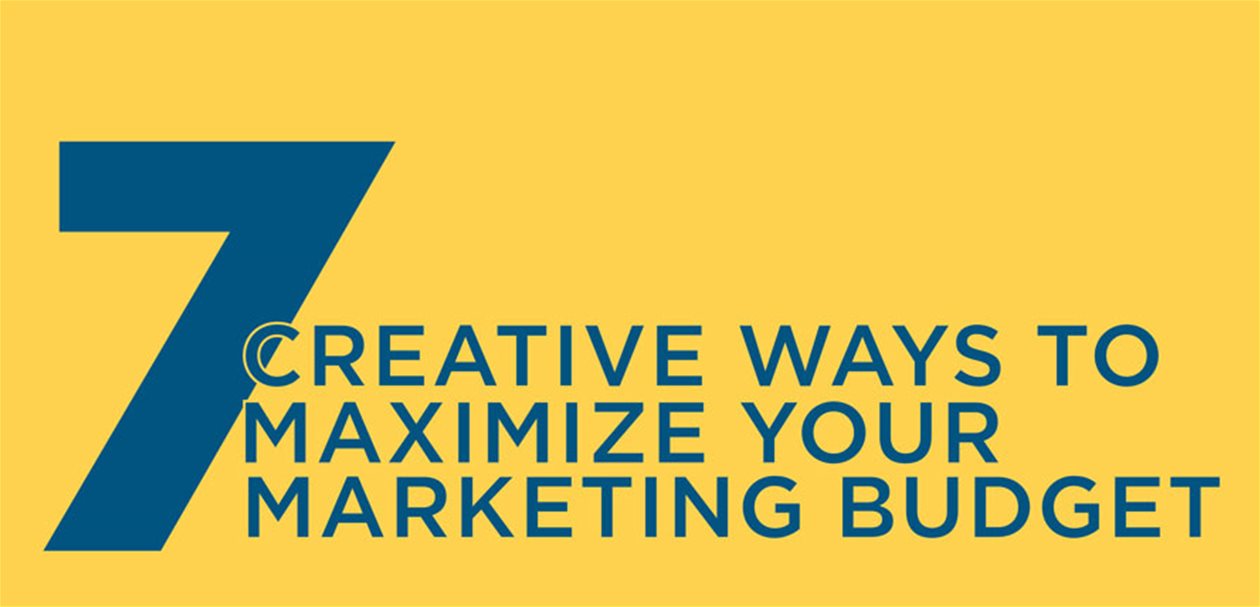

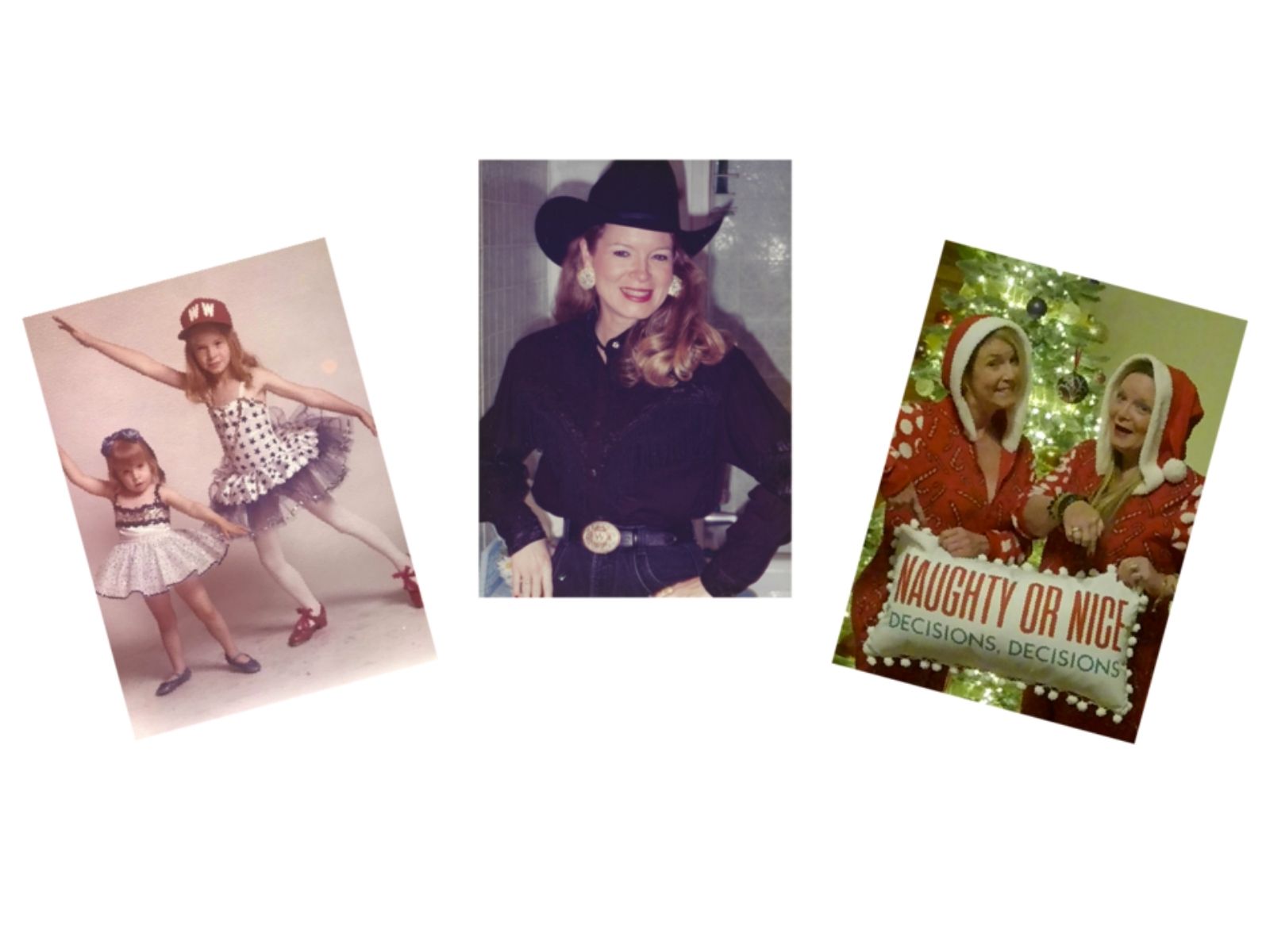
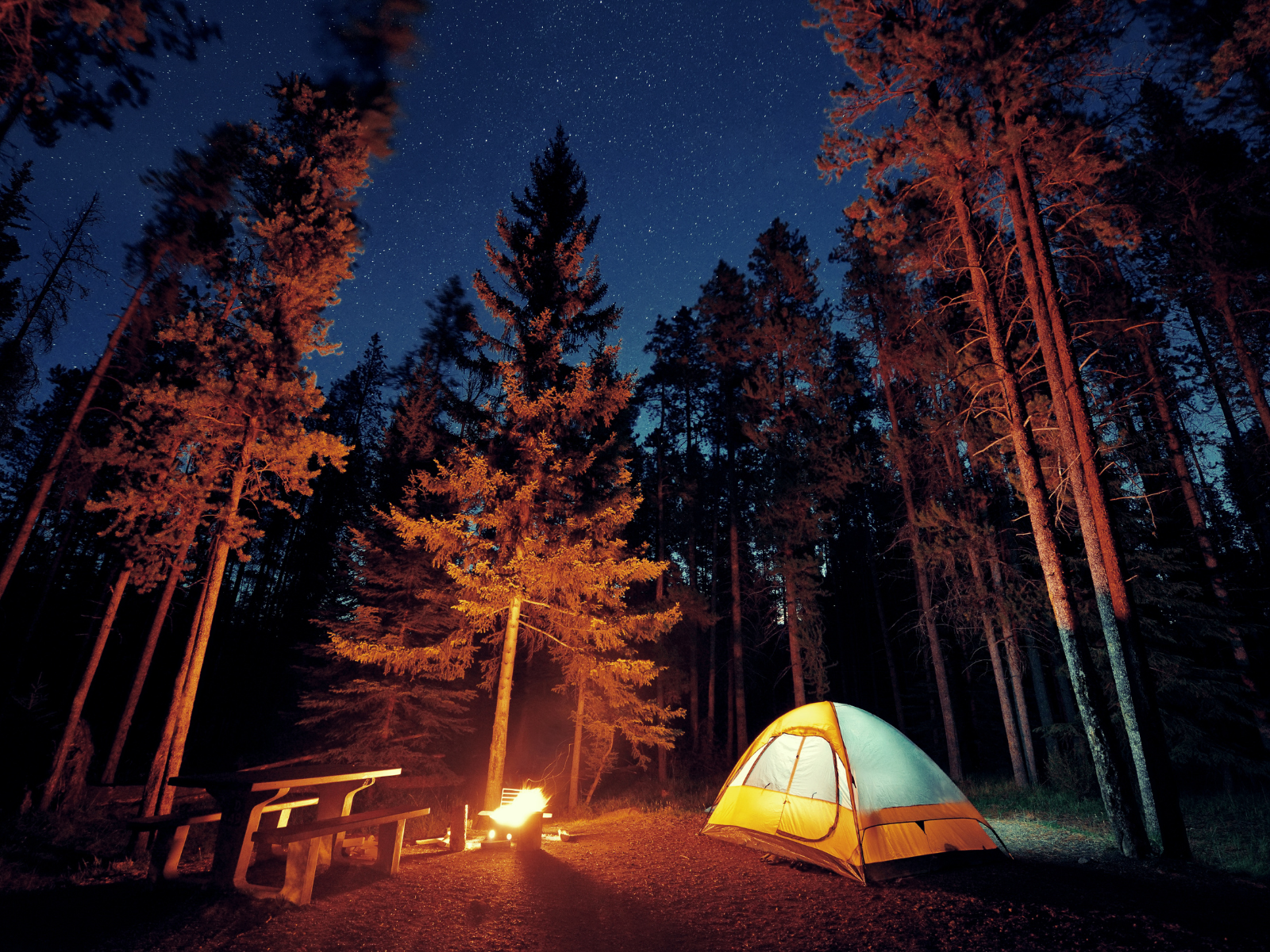
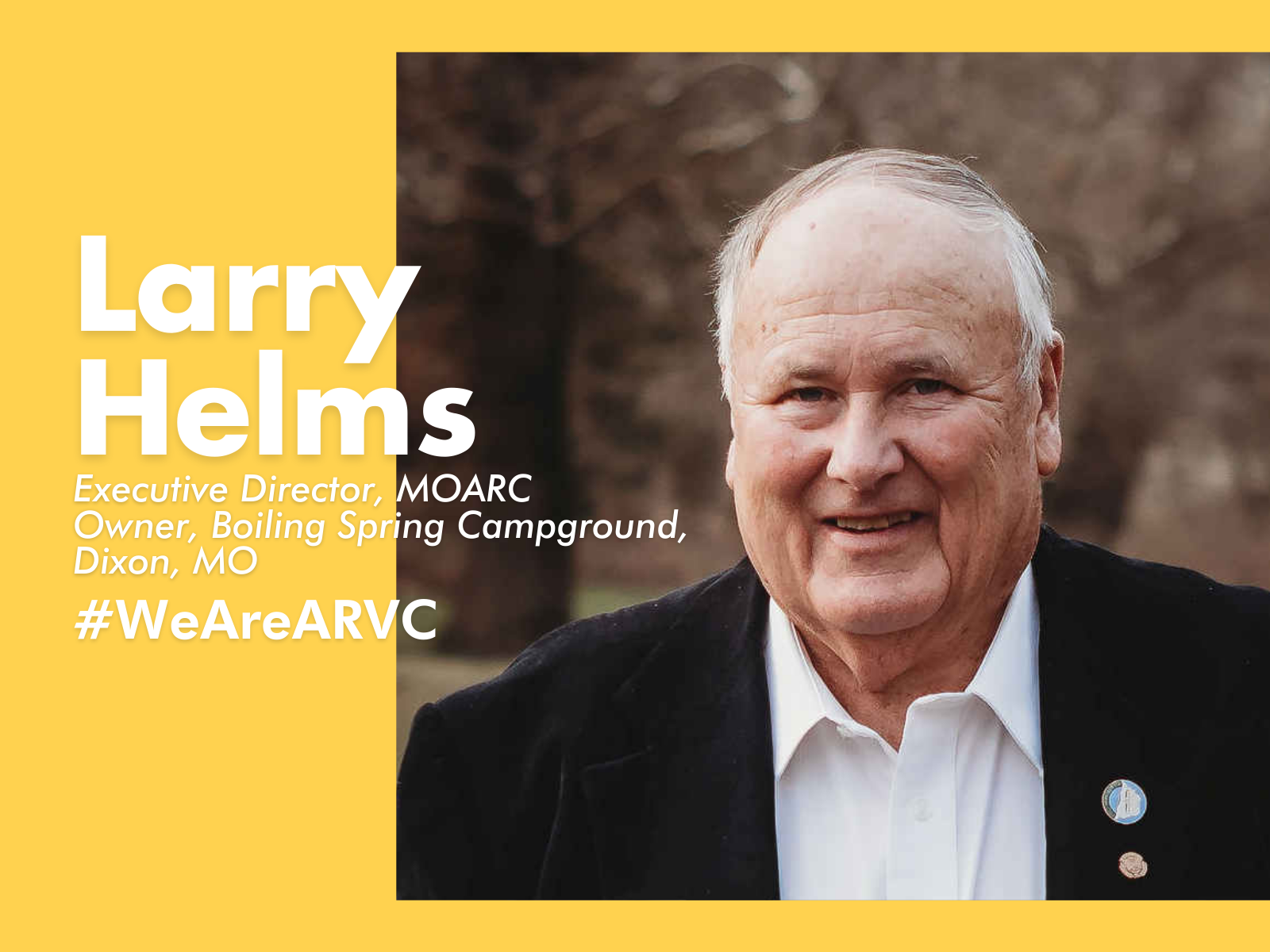
Leave A Comment